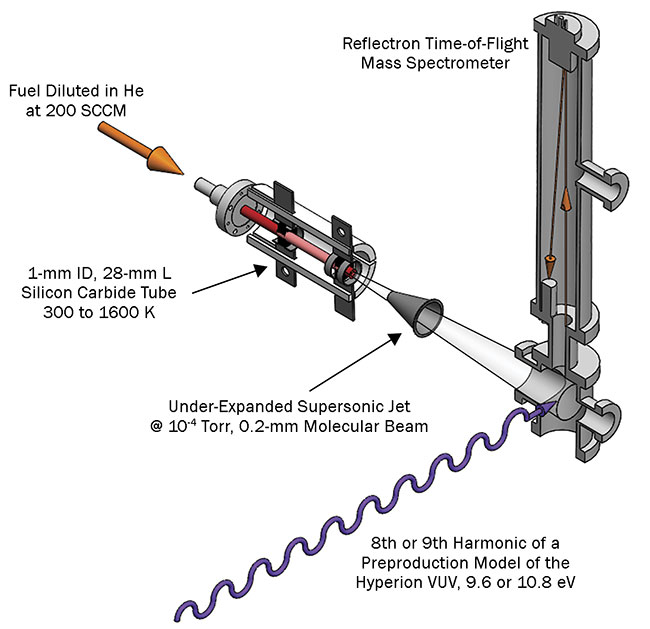As photonics-savvy scientists continue to extend the frontiers of laser technology, researchers in other fields are leveraging lasers as turnkey lab tools.
FAROOQ AHMED, CONTRIBUTING EDITOR
 Lasers have been used to conduct academic research nearly since their invention in 1960, and these sources of coherent light quickly found diverse, if not precisely directed, applications.
“Some of the earliest research was simply zapping anything within reach of a laser to see what happened,” laser historian Jeff Hecht said. “One result was the development of industrial applications, and the same approach was used in medical research.”
Of course, early lasers were not only expensive to build, they also required a team of scientists to operate and maintain them. Recent trends indicate that as lasers have become less costly, more reliable, smaller in size, and easier to use, they’ve also become increasingly commonplace in the lab, where they can replace and improve upon existing technologies in a variety of disciplines.
Lasers have been used to conduct academic research nearly since their invention in 1960, and these sources of coherent light quickly found diverse, if not precisely directed, applications.
“Some of the earliest research was simply zapping anything within reach of a laser to see what happened,” laser historian Jeff Hecht said. “One result was the development of industrial applications, and the same approach was used in medical research.”
Of course, early lasers were not only expensive to build, they also required a team of scientists to operate and maintain them. Recent trends indicate that as lasers have become less costly, more reliable, smaller in size, and easier to use, they’ve also become increasingly commonplace in the lab, where they can replace and improve upon existing technologies in a variety of disciplines.
Member Exclusive: To read the complete article, please Login or Register